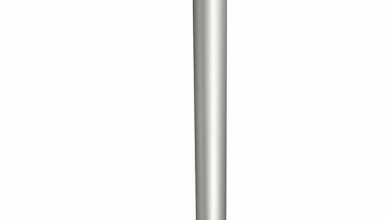What is smart glass
The latest technologies are more and more introduced into our daily life. But literally fifteen years, twenty years ago, we could not imagine even in dreams, those innovations that seem like today everyday business. And probably there are no longer those areas of the activity of a person who would not touch scientific progress. Glass production is also no exception, proof is the appearance of a smart glass in the market. Note that you can buy Smart Glass at many trading floors, including Lumenmarket.
Smart Glass, translated from English means “smart glass”. It has deserved this name in that under the influence of various factors it can change the degree of its transparency. They are divided into several types, depending on those influences that affect its optical properties: changing under the influence of heat, light or electricity.
To control the degree of transparency of glasses independently, which change under the influence of light and heat, due to their technical features. But the glass controlled by electricity can be adjusted at your request, at any time, varying the degree of transparency from absolute, to impenetrable matte, so let’s talk about them in more detail.
The essence of the processing process of such glasses is the presence of a multilayer structure, one of the layers of which is a liquid crystalline. Particles of this layer in the absence of electricity are in a randomly scattered state, thereby preventing the penetration of light. But you only need to suppose electricity to invisible conductive layers, as particles will take a strictly ordered position, bringing glass into a traditional form for it. The degree of ordering of particles directly depends on the number of electricity directed to them, which makes it possible to adjust light transmission at its discretion. In addition, when installing additional automation, you can teach glass to respond to a change in the surrounding environment, for example, darken windows when a bright time of day occurs or vice versa.
Use this technology has found almost everywhere. In construction, for glazing buildings and structures. In the arrangement of office premises and housing, to create opaque partitions and rooms. It is used for advertising purposes, when projecting the image on screens made of “smart glass”. The automotive industry also does not lag behind and uses for glazing cars, though only elite and very expensive brands, but most likely this new product will reach simple mortals in the near future.



